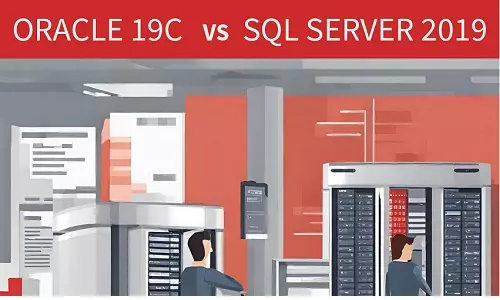Version Control in Software Development
What is Version Control?
Version control allows developers to monitor and document every alteration made during software development. This process enables developers to easily return to previous versions and iterations when necessary to trace modifications or identify errors that may have impacted the system's performance or functionality. This practice is particularly suitable in projects involving multiple developers.
Trunk and Branch in Version Control
There are two foundational concepts in software development: trunk and branch. They are central to the effective management of projects, particularly when utilizing version control systems such as Git. These concepts play a pivotal role in overseeing the evolution and stability of software development.
Trunk
At its core, the trunk, often referred to as the mainline or master branch, constitutes the bedrock of a software project. It represents the principal/base version of the software on which other versions are based upon. The trunk is the version intended for deployment to end-users and must exhibit reliability and efficiency. To adhere to this stringent reliability standard, changes and updates submitted to the trunk must meet rigorous criteria. They should be meticulously tested, fully operational, and, most importantly, not introduce any new issues. In essence, the trunk embodies the project's present state, guaranteeing reliability and uniformity for end-users. Changes integrated into the trunk are expected to enhance the software's functionality or rectify existing issues, all without jeopardizing its stability.
Branch
A branch, in contrast, represents a divergent path from the trunk or another branch, carved out for a distinct purpose. Developers create branches to undertake specialized tasks such as implementing new features, addressing pesky bugs, or experimenting with novel ideas, all without endangering the harmony of the main project. This is achieved by allowing changes to be made within the confines of the branch, separate from the primary trunk. The significance of branches extends beyond concurrent development, as they offer a safeguard against conflicts that might arise when multiple parties/developers are altering the codebase simultaneously. Once the work within a branch is completed and rigorously tested, it can be seamlessly merged back into the trunk, incorporating the changes into the main project and maintaining the overall project's integrity.
Commit and Check In/Out in Version Control
In the context of software development, a commit signifies the action of making changes to a project permanent. When a branch is established, forming a flawlessly operational duplicate, it is then merged into the main trunk, thus incorporating the changes into the trunk version. This process is termed merging. On the other hand, "check in" denotes the procedure of introducing modifications into an earlier iteration of the system, thereby updating it. This facilitates collaboration, allowing others to introduce their changes as well. Check out, conversely, refers to the act of acquiring the current version of a system, ensuring that it is protected from concurrent alterations by others.
Do
Comment on the article not the author
Provide new ideas to what should be done to improve on the article.
Focus on the argument provided and comment on them
Don't
Make the review personal and attack the author
Offer a summary of the article, provide suggestion and offer polite opinions
Give vague ideas as feedback, provide ideas clearly
Scrum in Version Control
Scrum is a lean process framework used in agile development, particularly advantageous when tackling complex systems. In Scrum, projects are fragmented into small, easily handled tasks assigned to developers for timely delivery. One of Scrum's advantages lies in its ability to break down tasks into more manageable components. Moreover, it facilitates the acquisition and integration of feedback obtained from both customers and stakeholders. The brief sprint cycles within Scrum allow for swift adjustments based on the collected feedback. Additionally, Scrum acknowledges individual contributions in the conducted Scrum meetings.
Nonetheless, it's worth recognizing that the project's success hinges on the individual contributions of every stakeholder. If a segment of the stakeholders falls short, it can impede the project's progress. Rigorous testing is imperative to guarantee that the end product operates as intended, which often extends the project's timeline beyond the initially established duration. Additionally, the larger the team involved in the project, the more challenging it becomes to implement and manage the Scrum development framework effectively.






